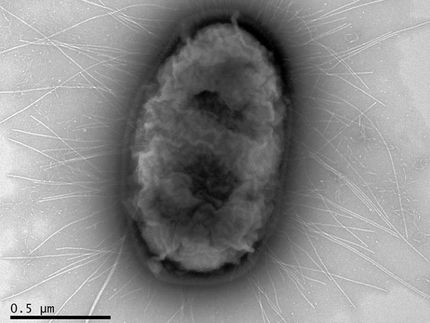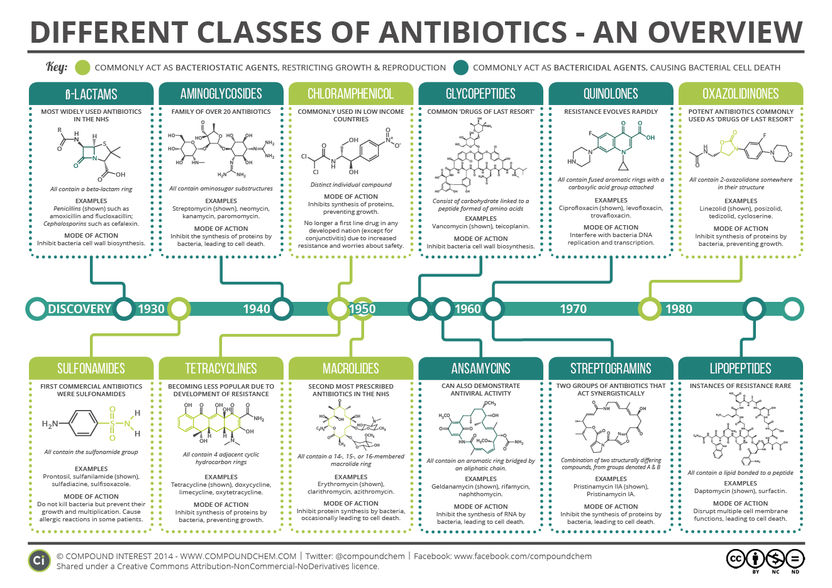New rabies vaccine may require only a single shot... not 6
The current standard post-exposure regimen is not feasible in the developing world, where rabies is endemic
A person, usually a child, dies of rabies every 20 minutes. However, only one inoculation may be all it takes for rabies vaccination, according to new research published in the Journal of infectious diseases by researchers at the Jefferson Vaccine Center.
A replication-deficient rabies virus vaccine that lacks a key gene called the matrix (M) gene induced a rapid and efficient anti-rabies immune response in mice and non-human primates, according to James McGettigan, Ph.D., assistant professor of Microbiology and Immunology at Jefferson Medical College of Thomas Jefferson University.
"The M gene is one of the central genes of the rabies virus, and its absence inhibits the virus from completing its life cycle," Dr. McGettigan said. "The virus in the vaccine infects cells and induces an immune response, but the virus is deficient in spreading."
The immune response induced with this process is so substantial that only one inoculation may be sufficient enough, according to Dr. McGettigan. In addition, the vaccine appears to be efficient in both pre-exposure and post-exposure settings. Currently, the World Health Organization standard for rabies infection is post-exposure prophylaxis. The complex regimen in the United States requires six different shots over 28 days: five of the rabies vaccine and one of rabies immunoglobulin.
The current standard vaccine is made from inactivated rabies virus, whereas the experimental vaccine is made from a live rabies virus. The virus is modified by removing the M gene, thus inhibiting its spread within the vaccine recipient.
"Developing countries do not have the resources to vaccinate people six times after exposure, so many of these 10 million do not receive the full regimen," Dr. McGettigan said. "Therefore, simpler and less expensive vaccine regimens are needed. The alternative may also be to treat people pre-exposure, as they are with many of the current vaccines used. Although our vaccine was tested primarily to be a post-exposure vaccine, the data we collected show it would be effective as a pre-exposure vaccine as well."
Organizations
Other news from the department science

Get the life science industry in your inbox
By submitting this form you agree that LUMITOS AG will send you the newsletter(s) selected above by email. Your data will not be passed on to third parties. Your data will be stored and processed in accordance with our data protection regulations. LUMITOS may contact you by email for the purpose of advertising or market and opinion surveys. You can revoke your consent at any time without giving reasons to LUMITOS AG, Ernst-Augustin-Str. 2, 12489 Berlin, Germany or by e-mail at revoke@lumitos.com with effect for the future. In addition, each email contains a link to unsubscribe from the corresponding newsletter.




















































